Join More Than 50,000+ Subscribers and get latest camera news and rumors
NEW CAMERA VIDEOS ON YOUTUBE
|
By admin, on January 20th, 2025
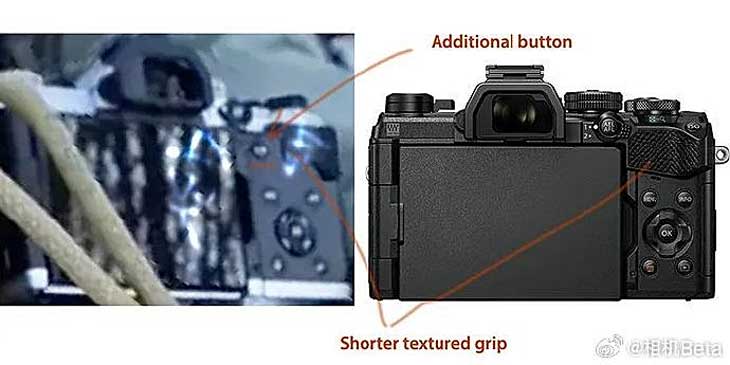 The image surfaced of the upcoming Olympus camera Olympus new camera announcement is about to happen in February 2025, we now have the leaked specifications of the upcoming cameras via a trusted rumor mill, the name of the camera is said to be OMD OM3, but the name of the upcoming camera isn’t been confirmed yet
Olympus OMD OM-3 Specification
– Same 20MP sensor
– Metal body
– Price around $1500
– Rumored to be officially announced at CP+ in February 2025
– Various color profiles for video, similar to Fujifilm’s simulations
– Based on the OM-1
Stay tuned we will post detailed specifications and images, as soon they become available to us
STAY WITH ON FACEBOOK | TWITTER | INSTAGRAM, to get live news + Olympus Rumors 24X7
source 43addict
By admin, on January 18th, 2025

The new Camera’s back image clearly shows that the button layout is similar to the OM-5, and there is one more button in the position of the dial. Current products do not have a similar design. The leaked image indicates that the new machine may be named OM-3 (not yet finalized).
STAY WITH ON FACEBOOK | TWITTER | INSTAGRAM, to get live news + Olympus Rumors 24X7
source webio
By admin, on January 30th, 2024
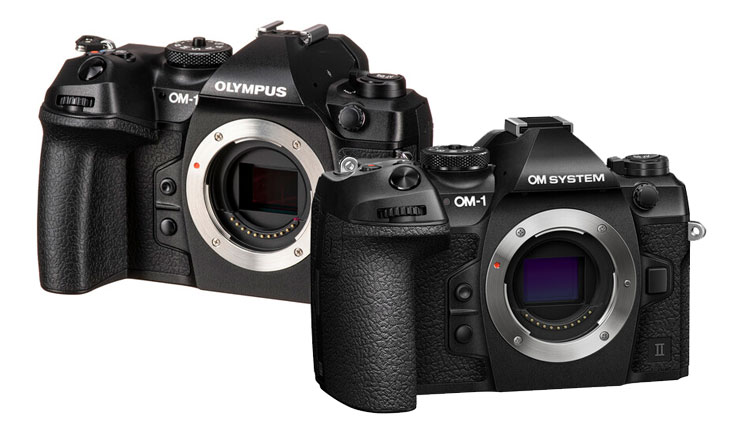
Let’s compare the two cameras and find out the major difference between the two. Olympus OM 1 vs OM System 1 Mark II
1. The Olympus OM-1 Mark II camera has arrived and, as you can see, Olympus is trending with this camera. In the design part, it’s written at the camera’s center “OM System” instead of the Olympus logo, which is not good to see.
| Specification |
Olympus OM-1 |
Olympus OM-1 Mark II |
| Image Processor |
TruePic X |
Same as OM-1, but redesigned |
| RAM |
Not specified |
Improved compared to OM-1 |
| Autofocus Algorithms |
Not specified |
Updated for improved subject detection |
| Logo on Camera |
Olympus logo |
“OM System” |
2. According to the camera maker, the Olympus OM-1 Mark II camera uses the same TruePic X image processor as the original model. Still, this image processor has been redesigned and they have improved the RAM space compared to the previous version. The company says that with the help of more RAM and updated autofocus algorithms, the camera can now have an improved subject detection mode.
3. Now, the camera also has a human detection mode which detects human body movement more precisely compared to the previous generation of cameras. This goes beyond face and eye detection, so now it is more reliable in tracking a human body compared to the previous generation of cameras.
| Specification |
Olympus OM-1 |
Olympus OM-1 Mark II |
| Human Detection Mode |
Not specified |
Detects human body movement more precisely |
| Face and Eye Detection |
Available |
More reliable in tracking a human body |
| Autofocus Refresh Rate |
Not specified |
Improved, boosts performance in subject tracking mode and continuous focus tracking mode |
4. The company says the autofocus refresh rate has been improved (although we don’t have the exact number of differences between the refresh rate of the predecessor and successor). This boosts the performance of the camera, specifically in the subject tracking mode or in the continuous focus tracking mode.
5. With the introduction of a new and improved image processor and artificial intelligence algorithms, the camera makers say they have also updated the image stabilization system of the camera up to 8.5 stops, earlier it was 8 stops in the original OM-1 camera.
| Specification |
Olympus OM-1 |
Olympus OM-1 Mark II |
| Image Processor and AI Algorithms |
Original |
New and improved |
| Image Stabilization System |
8 stops |
Up to 8.5 stops |
| Buffer Size |
169 raw frames at 10 fps with a mechanical shutter, 108 raw frames at 20 fps with an electronic shutter |
Up to 256 raw frames at 50 FPS or 213 frames in a single continuous burst at the rate of 120 FPS |
| ND Filters |
Built-in ND filters |
Graduated ND filter with options of ND 2, ND 4, and ND 8 |
6. The Olympus OM-1 Mark II camera now has a bigger buffer and it can shoot up to 256 raw frames at 50 FPS or 213 frames in a single continuous burst at the rate of 120 FPS. These numbers are better compared to the Olympus OM-1 camera.
7. You already have the option of built-in ND filters in the Olympus OM-1 camera, but now we have a graduated ND filter. This is a unique type of filter generally used for landscape photography and now we have it in the Olympus OM-1 Mark II camera. Even in the graduated ND filter, we get options of ND 2, ND 4, and ND 8.
8. The New OM System Mark II camera features complete blackout-free shooting which was not possible with the Olympus OM – 1, that really a valuable improvement for wildlife and sports shooters.
| Multi-shot Raw Mode |
50-megapixel high-resolution mode |
80-megapixel large image in-camera, with an additional raw mode | 50 Mp handheld also available |
| Battery |
BLX-1, gives around 500 shots per charge |
Same BLX-1 battery, but performance may drop slightly due to a more upscale image processor, estimated around 450-480 shots per charge |
SO, these are the Major differences we have between the two cameras. The rest of the core specifications of both cameras remain the same.
Olympus OM 1 Mark II Camera at B&H Store
By admin, on January 29th, 2024
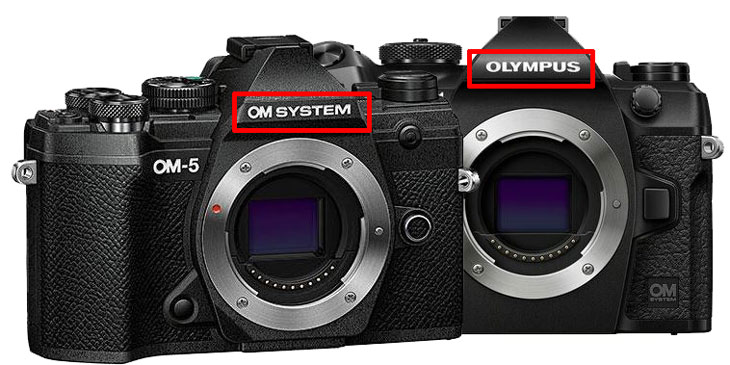
The trademark for the Olympus name has expired. This might be the primary reason behind the announcement of the OM 1 Mark II and the end of the Olympus brand name. It’s really sad to hear, but that’s the way things are going-on right now. There is a high probability that the lower-end models may also get a refresh with the OM series name instead of Olympus. As far as the information we have, the trademark has expired. The reason could be anything, maybe the ownership has changed. But the name is certainly about to change. It’s really hard to see the Olympus brand name going away.
A small update, it is rumored that the OM-1 II will be equipped with an in-camera electronic ND filter function, providing ND2, ND4, and ND8 options.
Based on our latest information, the upcoming Olympus OM-1 Mark II camera will have built-in Electronic ND filters. As you can see, it’s update on a software level. We are still waiting for further updates [More features to be explored soon].
Leaked Image of Olympus OM 1
This is an image of the new OM-1 II, which looks exactly like the current OM-1. The only change is the “II” part at the bottom right of the image. The camera will be unveiled at 6 AM London time on January 30th
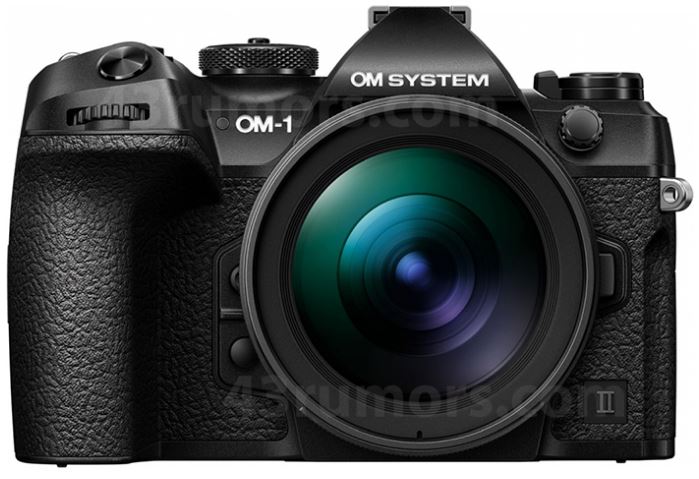
STAY WITH ON FACEBOOK | TWITTER | INSTAGRAM, to get live news + Olympus Rumors 24X7
src – 43rumors
By admin, on March 27th, 2021
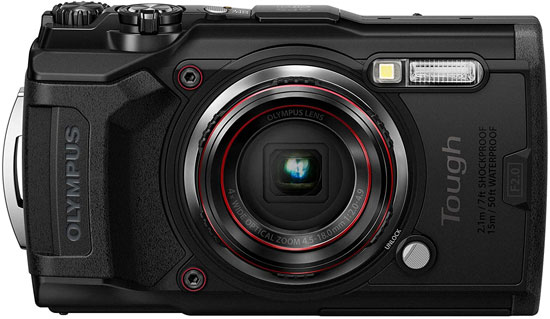
Olympus registered a new compact camera at the wireless certification agency. The name of the camera as per the latest rumors we have is Olympus TG-7, the successor of the Olympus TG-6 rugged compact camera.
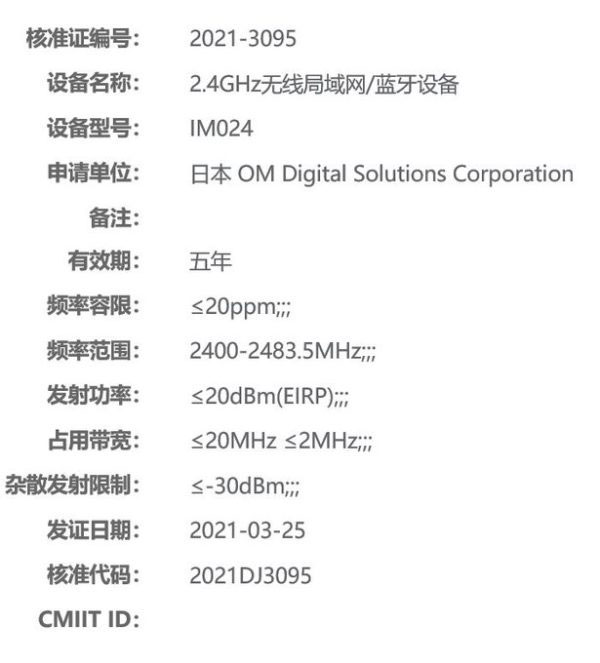
The upcoming camera model code is “IM024”. It is equipped with Wi-Fi (2.4GHz) and Bluetooth. We think it will be Olympus Tough TG-7 to be officially announced within the next 3 months.
STAY WITH ON FACEBOOK | TWITTER | INSTAGRAM, to get live news + Olympus Rumors 24X7
By admin, on July 15th, 2020

We have told you back on October 13th, 2019 that Olympus E-M10 with 20MP Hybrid AF Sensor is expected to arrive on Aug/Sep of 2020. Finally, we are getting more confirmation from different sources. As per the latest rumors, we have Olympus will be announcing the E-M10 Mark III camera with $699 price tag, and the shipping of the camera will start from September 25, 2020.
Olympus OM-D E-M10 Mark IV camera: $699, available in black and silver, shipping will start on September 25
Olympus OM-D E-M10 Mark IV + M.Zuiko Digital ED 14-42mm f/3.5-5.6 EZ lens kit: $799, available in black and silver, shipping will start on September 25
Olympus M.Zuiko Digital ED 100-400mm f/5.0-6.3 IS lens: $1499, will start shipping on September 8
Take a look at the set of rumored specs of the upcoming Olympus E-M10 Mark IV camera
Olympus E-M10 Mark IV Rumored Specifications
- 20MP – Four Thirds CMOS Sensor
- ISO 200 – 25600
- Sensor-shift Image Stabilization
- HR Mode
- 3840 x 2160 video resolution
- Built-in Wireless
We will update you soon as we get more information
STAY WITH ON FACEBOOK | TWITTER | INSTAGRAM, to get live news + Olympus Rumors 24X7
source PR
By admin, on May 19th, 2020
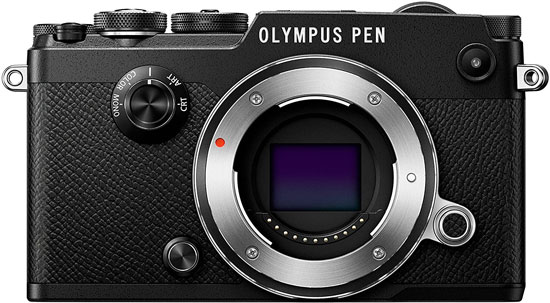
According to the latest rumors we have from rumor mills, Olympus may announce the Olympus PEN F II camera at the end of 2020. Take a look at the rumored core specification of the Olympus PEN F II camera we have published back in Jan 2019.
Olympus PEN-F II Rumored Specification
- 20 MP M4/3 sensor
- Enhanced IS system
- Improved Hybrid AF system / AI AF system
- 4k 60p recording option
We will update you soon as we get any latest information about the upcoming PEN F II camera.
Follow us on our social pages FACEBOOK | TWITTER | INSTAGRAM to get live news + Olympus Rumors 24X7
|
KEEP THIS BLOG ALIVE - Support New Camera Buy Canon Lenses, Buy Music CD or Digital Camera at amazon it helps this site, and you do not pay anything extra, it is just a way to help support this site.

|













